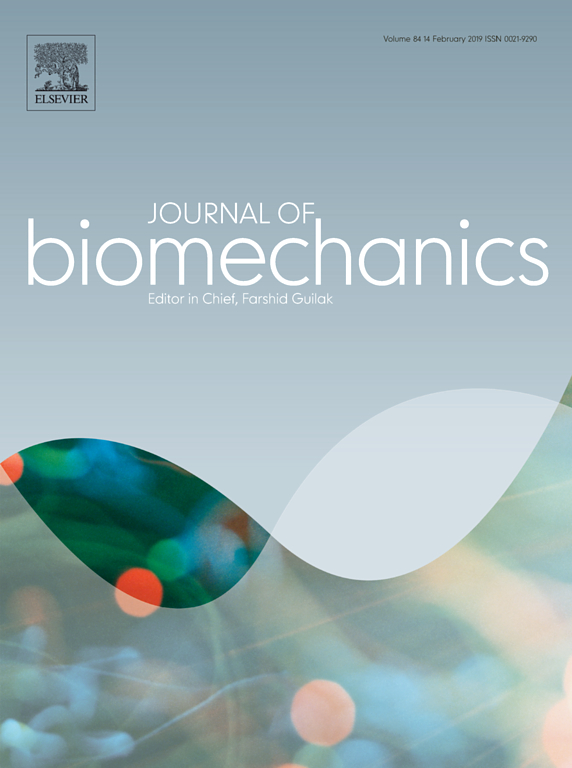~ Validity and reliability of peak tibial accelerations as real-time measure of impact loading during over-ground rearfoot running at different speeds - Journal of Biomechanics
» By Joren on Tuesday 05 February 2019 With the goal in mind to reduce common runner injuries we first need to measure some running style characteristics. Therefore, we have developed a sensor to measure how hard a runners foot repeatedly hits the ground. This sensor has been compared with laboratory equipment which proofs that its measurements are valid and can be repeated. The main advantages of our sensor is that it can be used ‘in the wild’, outside the lab on the runners regular tours. We want to use this sensor to provide real-time biofeedback in order to change running style and ultimately reduce injury risk.
With the goal in mind to reduce common runner injuries we first need to measure some running style characteristics. Therefore, we have developed a sensor to measure how hard a runners foot repeatedly hits the ground. This sensor has been compared with laboratory equipment which proofs that its measurements are valid and can be repeated. The main advantages of our sensor is that it can be used ‘in the wild’, outside the lab on the runners regular tours. We want to use this sensor to provide real-time biofeedback in order to change running style and ultimately reduce injury risk.
We have published an article on this sensor in the journal of Biomechanics:
Pieter Van den Berghe, Joren Six, Joeri Gerlo, Marc Leman, Dirk De Clercq,
Validity and reliability of peak tibial accelerations as real-time measure of impact loading during over-ground rearfoot running at different speeds, (author version)
Journal of Biomechanics,
2019
Studies seeking to determine the effects of gait retraining through biofeedback on peak tibial acceleration (PTA) assume that this biometric trait is a valid measure of impact loading that is reliable both within and between sessions. However, reliability and validity data were lacking for axial and resultant PTAs along the speed range of over-ground endurance running. A wearable system was developed to continuously measure 3D tibial accelerations and to detect PTAs in real-time. Thirteen rearfoot runners ran at 2.55, 3.20 and 5.10 m*s-1 over an instrumented runway in two sessions with re-attachment of the system. Intraclass correlation coefficients (ICCs) were used to determine within-session reliability. Repeatability was evaluated by paired T-tests and ICCs. Concerning validity, axial and resultant PTAs were correlated to the peak vertical impact loading rate (LR) of the ground reaction force. Additionally, speed should affect impact loading magnitude. Hence, magnitudes were compared across speeds by RM-ANOVA. Within a session, ICCs were over 0.90 and reasonable for clinical measurements. Between sessions, the magnitudes remained statistically similar with ICCs ranging from 0.50 to 0.59 for axial PTA and from 0.53 to 0.81 for resultant PTA. Peak accelerations of the lower leg segment correlated to LR with larger coefficients for axial PTA (r range: 0.64–0.84) than for the resultant PTA per speed condition. The magnitude of each impact measure increased with speed. These data suggest that PTAs registered per stand-alone system can be useful during level, over-ground rearfoot running to evaluate impact loading in the time domain when force platforms are unavailable in studies with repeated measurements.
